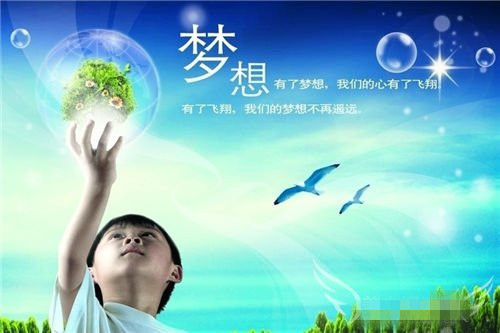If you needed to illustrate the idea of nineteenth-century America as a land of opportunity, you could hardly improve on the life of Albert Michelson.
如果你需要說明19世紀的美國是個機會之鄉的理念,那么你很難再找到像阿爾伯特·邁克爾遜這樣的例子。
Born in 1852 on the German–Polish border to a family of poor Jewish merchants,
他1852年生于德國和波蘭邊境地區的一個貧苦的猶太商人家庭,
he came to the United States with his family as an infant and grew up in a mining camp in California’s gold rush country,
小時候隨家人來到美國,在加利福尼亞州一個淘金熱地區的礦工村里長大。
where his father ran a dry goods business.
他的父親在那里做干貨生意。
Too poor to pay for college, he traveled to Washington, D.C., and took to loitering by the front door of the White House
家里太窮,他上不起大學,便來到首都華盛頓,在白宮的正門口游來晃去,
so that he could fall in beside President Ulysses S. Grant when the President emerged for his daily constitutional.
希望能在尤利塞斯·S.格蘭特每天出來散步時碰上這位總統。
(It was clearly a more innocent age.)
(那顯然是個比較樸實的年代。)
In the course of these walks,
在這樣散步的過程中,
Michelson so ingratiated himself to the President that Grant agreed to secure for him a free place at the U.S. Naval Academy.
邁克爾遜深深博得了總統的歡心,格蘭特竟然答應免費送他去美國海軍學院學習。

It was there that Michelson learned his physics.
就是在那里,邁克爾遜攻讀了物理學。
Ten years later, by now a professor at the Case School in Cleveland,
10年以后,邁克爾遜已經是克利夫蘭凱斯學校的一名教授,
Michelson became interested in trying to measure something called the ether drift—a kind of head wind produced by moving objects as they plowed through space.
開始有興趣測量一種名叫以太漂移的東西——運動物體穿越空間所產生的一種頂頭風。
One of the predictions of Newtonian physics was that the speed of light as it pushed through the ether should vary with respect to an observer
牛頓物理學的預言之一是,在觀察者看來,光在穿越以太過程中的速度是不一樣的,
depending on whether the observer was moving toward the source of light or away from it, but no one had figured out a way to measure this.
取決于觀察者是朝著還是逆著光源的方向移動。但誰也想不出對此進行測量的方法。
It occurred to Michelson that for half the year the Earth is traveling toward the Sun and for half the year it is moving away from it,
邁克爾遜突然想到,地球有半年時間是朝著太陽的方向運動,有半年時間是逆著太陽的方向運動的。
and he reasoned that if you took careful enough measurements at opposite seasons and compared light’s travel time between the two, you would have your answer.
他認為,只要在相對的季節里進行仔細測量,把兩者之間光的運動速度進行比較,就能找到答案。
注:據考,文中“Ten years later...”音頻中誤讀作“Two years later...”。












